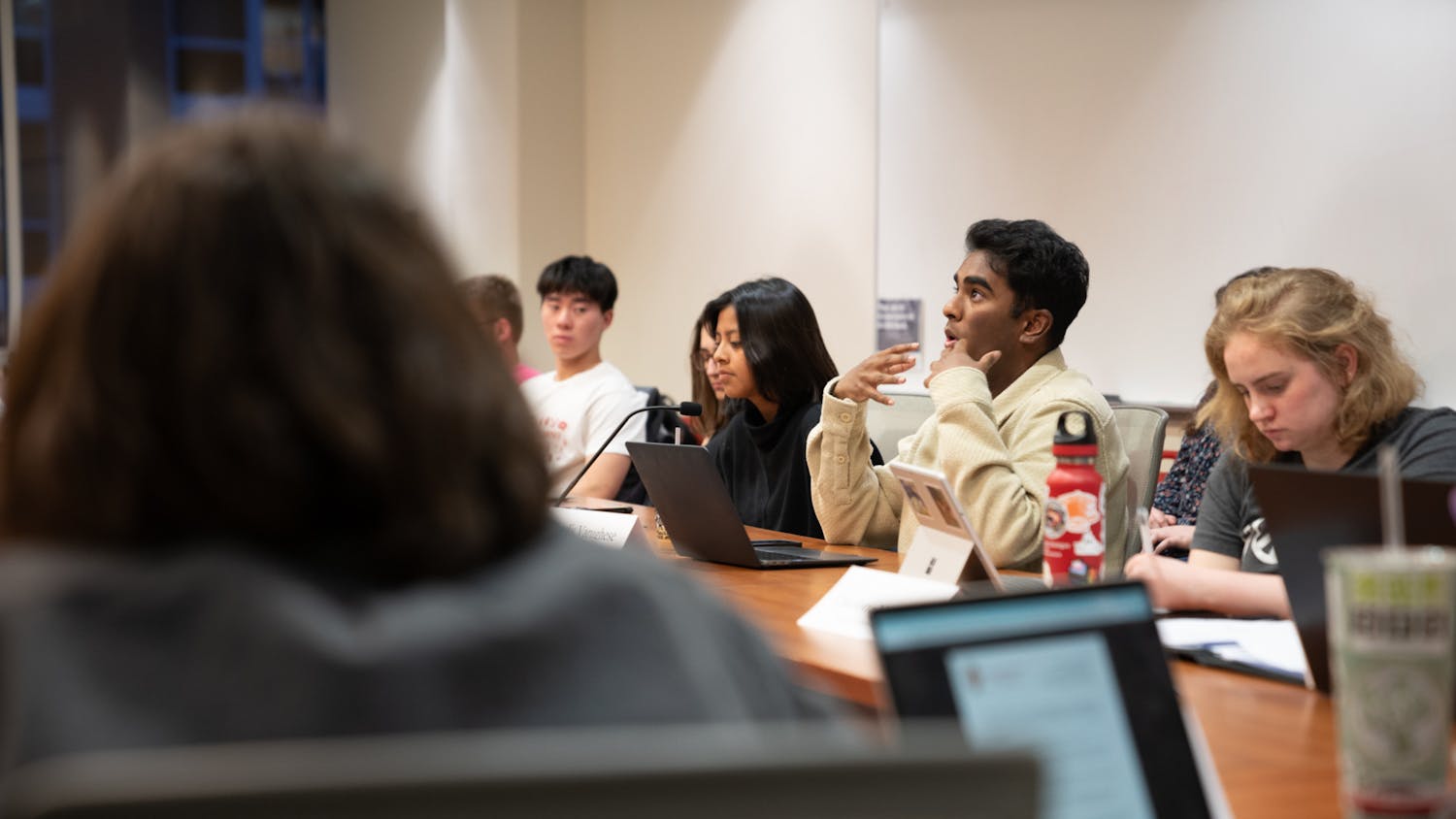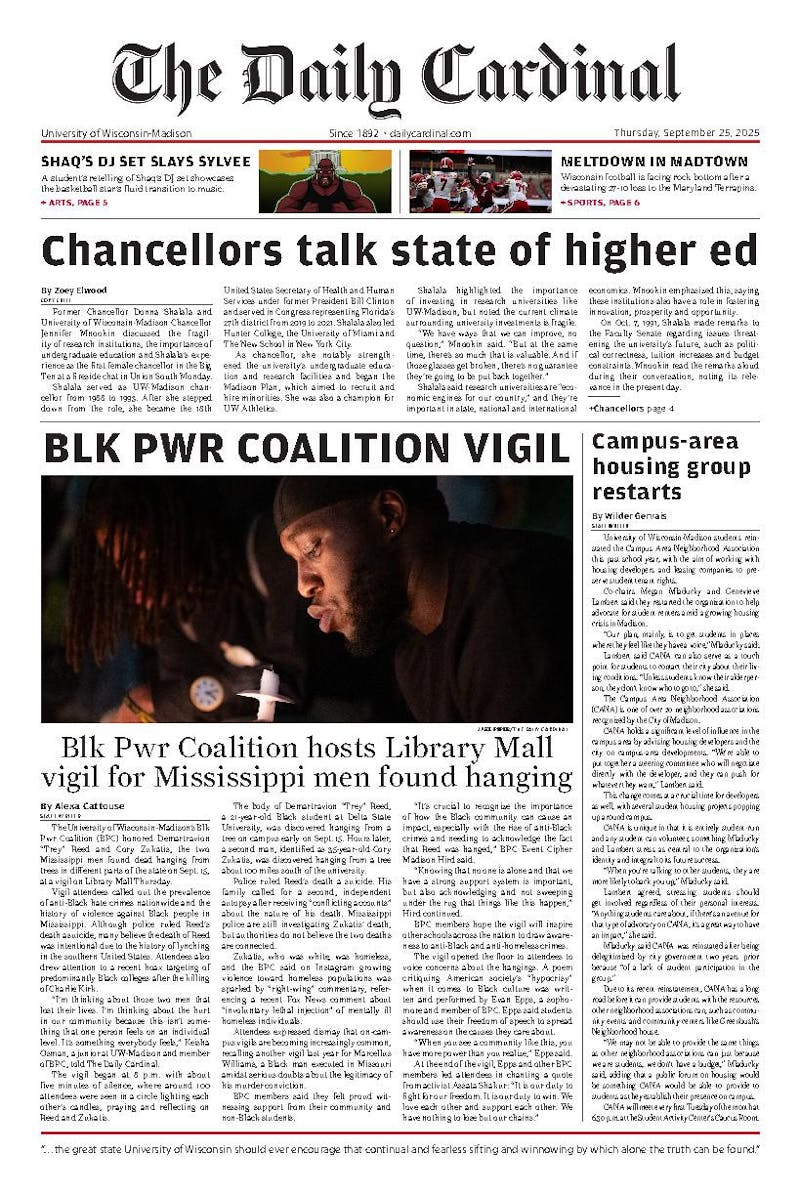UW-Madison stem cell patents may restrict other universities from furthering their own research, due to restrictions and high fees enacted by the Wisconsin Alumni Research Foundation.
Although WARF patents have always been a topic of discussion, recent claims of the restricting patents resurfaced in a March article in the journal, Science. Criticism has been leveled at the patents because they protect the stem cells and the techniques used by UW-Madison professor and researcher, James Thomson, who was the first to isolate stem cells and start the worldwide stem cell research effort in 1998.
WARF initially charged researchers at other universities $5,000 to obtain these stem cells and techniques. However, a contract with the National Institutes of Health awarded WARF with $16 million and status as the only National Stem Cell Bank.
As a result, the fee for universities went down to $500, making it a nominal\ fee, Mellon said. In contrast, WARF typically charges as much as $125,000 for a commercial license with a $40,000 annual maintenance fee.
""WARF is committed to seeing stem cell technology widely disseminated to academic institutions but expects commercial ventures to pay licensing fees to use their patents,"" said Thomson in an e-mail statement.
Andy Cohn, UW-Madison WARF spokesperson, said objections to the patents held by WARF are due to a misunderstanding of patent law.
""Academic researchers can do any kind of research they want to do, patent any discovery they make under that research and publish any articles, "" Cohn said.
Mellon said there are certainly some limitations due to the patents, but WARF is just protecting the university's interests, as well as their own.
""If it was Stanford, Berkeley or Harvard, they'd be acting the same way,"" Mellon said.
Academic researchers are free to use the stem cell techniques in their own academic research, but must make sure they are complying with any restrictions, said Alta Charo, UW-Madison professor of law and bioethics.
Citing confusion between academic and commercial ventures, Charo said, ""There's a difference between whether or not you can use a patented invention and the conditions under which you can use it.""
Colin Fairman, a local patent lawyer for LaFollette Godfrey & Kahn said the art of drafting a good patent is to take the research that was done and communicate it to the patent office in the broadest way possible, so that the invention is protected in as broad a context as possible.
Fairman said restrictions placed on stem cells by the government might influence recent criticisms of WARF's patents.
""If the government is not going to allow a generation of new stem cell lines, then that means you can't develop new methods for creating stem cells,"" Fairman said. ""Because the existing method and stem cells are patented and the development of new methods is prohibited, you're relying on what's already available.""
\





